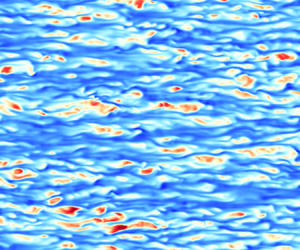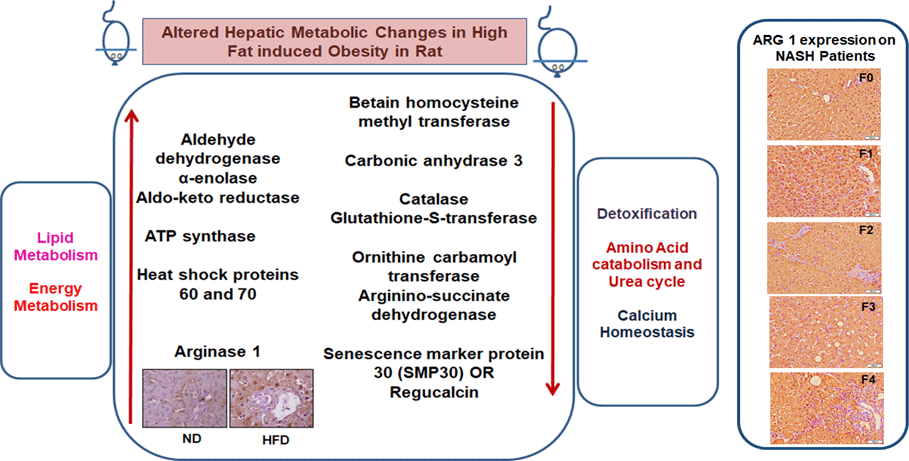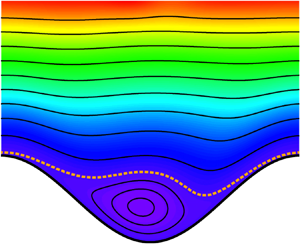Refine listing
Actions for selected content:
1419516 results in Open Access
The Frobenius semiradical, generic stabilizers, and Poisson center for nilradicals
- Part of
-
- Journal:
- Canadian Journal of Mathematics / Volume 76 / Issue 6 / December 2024
- Published online by Cambridge University Press:
- 27 October 2023, pp. 2019-2048
- Print publication:
- December 2024
-
- Article
- Export citation
Time-resolved concentrations of serum amino acids, one-carbon metabolites and B-vitamin biomarkers during the postprandial and fasting state: the Postprandial Metabolism in Healthy Young Adults (PoMet) Study
-
- Journal:
- British Journal of Nutrition / Volume 131 / Issue 5 / 14 March 2024
- Published online by Cambridge University Press:
- 27 October 2023, pp. 786-800
- Print publication:
- 14 March 2024
-
- Article
-
- You have access
- Open access
- HTML
- Export citation
Intellectual Property and Development: Geographical Indications in Practice by Barbara PICK. Abingdon, Oxfordshire: Routledge, 2022. xxiv + 240 pp. Hardcover: AUD$242.00/£115.00; eBook: AUD$70.99 doi: 10.4324/9781003352105
-
- Journal:
- Asian Journal of International Law / Volume 14 / Issue 1 / January 2024
- Published online by Cambridge University Press:
- 27 October 2023, pp. 223-224
- Print publication:
- January 2024
-
- Article
- Export citation
The Efficiency of Occupational Licensing during the Gilded and Progressive Eras: Evidence from Judicial Review
-
- Journal:
- The Journal of Economic History / Volume 83 / Issue 4 / December 2023
- Published online by Cambridge University Press:
- 27 October 2023, pp. 1221-1252
- Print publication:
- December 2023
-
- Article
-
- You have access
- Open access
- HTML
- Export citation
A narrative inquiry into how oldest-old care-givers of people with dementia manage age-related care-giving challenges
-
- Journal:
- Ageing & Society / Volume 45 / Issue 4 / April 2025
- Published online by Cambridge University Press:
- 27 October 2023, pp. 656-685
- Print publication:
- April 2025
-
- Article
-
- You have access
- Open access
- HTML
- Export citation
Assessment of heat transfer and Mach number effects on high-speed turbulent boundary layers
-
- Journal:
- Journal of Fluid Mechanics / Volume 974 / 10 November 2023
- Published online by Cambridge University Press:
- 27 October 2023, A10
-
- Article
-
- You have access
- Open access
- HTML
- Export citation
Clinical impacts of n-3 fatty acids supplementation on depression symptoms: an umbrella review of meta-analyses
-
- Journal:
- British Journal of Nutrition / Volume 131 / Issue 5 / 14 March 2024
- Published online by Cambridge University Press:
- 27 October 2023, pp. 841-850
- Print publication:
- 14 March 2024
-
- Article
-
- You have access
- HTML
- Export citation
The Next American Edition of the Book of Common Prayer
-
- Journal:
- Journal of Anglican Studies / Volume 23 / Issue 1 / May 2025
- Published online by Cambridge University Press:
- 27 October 2023, pp. 154-174
-
- Article
- Export citation
Early hepatic proteomic signatures reveal metabolic changes in high-fat-induced obesity in rats
-
- Journal:
- British Journal of Nutrition / Volume 131 / Issue 5 / 14 March 2024
- Published online by Cambridge University Press:
- 27 October 2023, pp. 773-785
- Print publication:
- 14 March 2024
-
- Article
-
- You have access
- HTML
- Export citation
Editorial Foreword
-
- Journal:
- Comparative Studies in Society and History / Volume 65 / Issue 4 / October 2023
- Published online by Cambridge University Press:
- 27 October 2023, pp. 723-725
-
- Article
-
- You have access
- HTML
- Export citation
Lower bounds on Bourgain’s constant for harmonic measure
- Part of
-
- Journal:
- Canadian Journal of Mathematics / Volume 76 / Issue 6 / December 2024
- Published online by Cambridge University Press:
- 27 October 2023, pp. 1967-1986
- Print publication:
- December 2024
-
- Article
- Export citation
The race between offshoring and automation in explaining wage polarization
-
- Journal:
- Macroeconomic Dynamics / Volume 28 / Issue 6 / September 2024
- Published online by Cambridge University Press:
- 27 October 2023, pp. 1278-1312
-
- Article
- Export citation
Torsion in the Classical Spacetime Context
-
- Journal:
- Philosophy of Science / Volume 91 / Issue 5 / December 2024
- Published online by Cambridge University Press:
- 27 October 2023, pp. 1262-1273
- Print publication:
- December 2024
-
- Article
-
- You have access
- Open access
- HTML
- Export citation
Impact of customized electronic duplicate order alerts on microbiology test ordering: Financial and environmental cost savings
-
- Journal:
- Infection Control & Hospital Epidemiology / Volume 45 / Issue 3 / March 2024
- Published online by Cambridge University Press:
- 27 October 2023, pp. 343-350
- Print publication:
- March 2024
-
- Article
-
- You have access
- Open access
- HTML
- Export citation
Crystal structure and X-ray powder diffraction data for Lumateperone tosylate
-
- Journal:
- Powder Diffraction / Volume 40 / Issue 1 / March 2025
- Published online by Cambridge University Press:
- 27 October 2023, pp. 94-98
-
- Article
- Export citation
Pathways to depalatalization of the palatal nasal in Quebec and hexagonal French: An EPG study
-
- Journal:
- Journal of French Language Studies / Volume 34 / Issue 2 / July 2024
- Published online by Cambridge University Press:
- 26 October 2023, pp. 95-124
-
- Article
-
- You have access
- Open access
- HTML
- Export citation
Hydrodynamic roughness induced by a multiscale topography
-
- Journal:
- Journal of Fluid Mechanics / Volume 974 / 10 November 2023
- Published online by Cambridge University Press:
- 26 October 2023, A16
-
- Article
- Export citation
EVENTUAL POSITIVITY AND ASYMPTOTIC BEHAVIOUR FOR HIGHER-ORDER EVOLUTION EQUATIONS
- Part of
-
- Journal:
- Bulletin of the Australian Mathematical Society / Volume 109 / Issue 1 / February 2024
- Published online by Cambridge University Press:
- 26 October 2023, pp. 165-167
- Print publication:
- February 2024
-
- Article
-
- You have access
- HTML
- Export citation
Artificial intelligence and increasing misinformation
-
- Journal:
- The British Journal of Psychiatry / Volume 224 / Issue 2 / February 2024
- Published online by Cambridge University Press:
- 26 October 2023, pp. 33-35
- Print publication:
- February 2024
-
- Article
-
- You have access
- HTML
- Export citation
Are Online Simulations for Radiation Emergency Medical Preparedness Less Effective in Teaching Than Face-to-Face Simulations?
-
- Journal:
- Disaster Medicine and Public Health Preparedness / Volume 17 / 2023
- Published online by Cambridge University Press:
- 26 October 2023, e520
-
- Article
- Export citation





 of the symmetric algebra
of the symmetric algebra  ,
,  as
as  -module, and
-module, and 


















